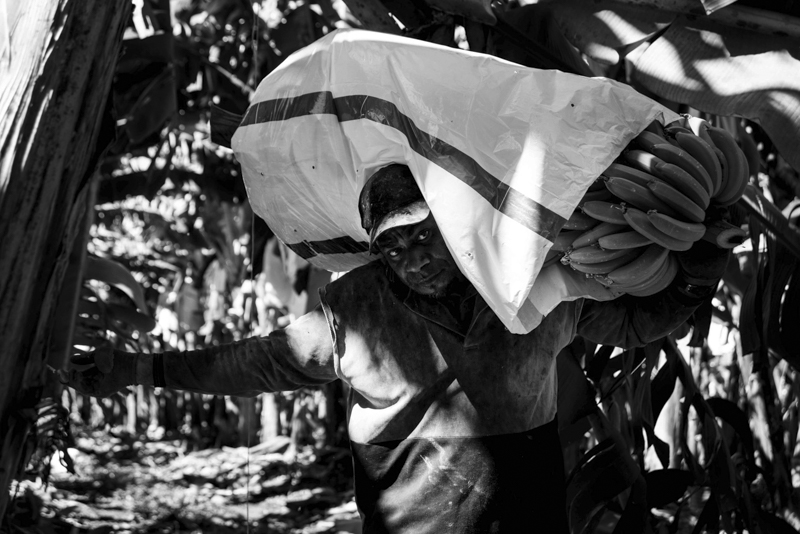By : Enrico Fabi
The fresh air lashes on our sleepy faces while we make our way through the lush and green plantation of bananas in Queensland, Australia. Endless symmetrical rows of green plants extend on both sides of the road, as far as the eye can see. The buggy is agile on the dirty road and moves fast toward our destination, the main shed which raises in the middle of the farm, dimly lit by the early lights of dawn. Here everyone is waiting for the shift to start. Someone smokes a cigarette, the Thai ladies chat loudly and the team from Fiji and Vanuatu stands next to the tractor. The Ukrainians are always waiting inside the white container house, sipping coffee and chatting quietly. Suddenly the bell rings and the music starts: another day in the banana farm has just begun.
During my first year as a backpacker traveling in Australia, I spent four months working on a commercial banana plantation in Innisfail, Queensland. After I quit my job I decided to go back to the farm. I wanted to document with my camera the strain and effort of the people working in this tough industry.
The Banana Production
Plantations of bananas in Queensland can extend for kilometers, and workers usually move within the farm with tractors and quads. In the dry season, this is usually not a big hassle. In the wet season, you know you will get dirty. Very dirty. Bananas can grow up to seven meters, and they do it incredibly fast. Therefore working on the field involves many different tasks. Chopping extra unwanted plants, removing leaves in excess, checking and bagging the fruit or simply string the plants to each other so that they won’t collapse under their own weight. In Far North Queensland, most of the time this is done under heavy and consistent rain. This region is also known for its vivid wildlife: plenty of big bugs, spiders, flies, and snakes infesting the plantation. In other words, keep your eyes wide open.

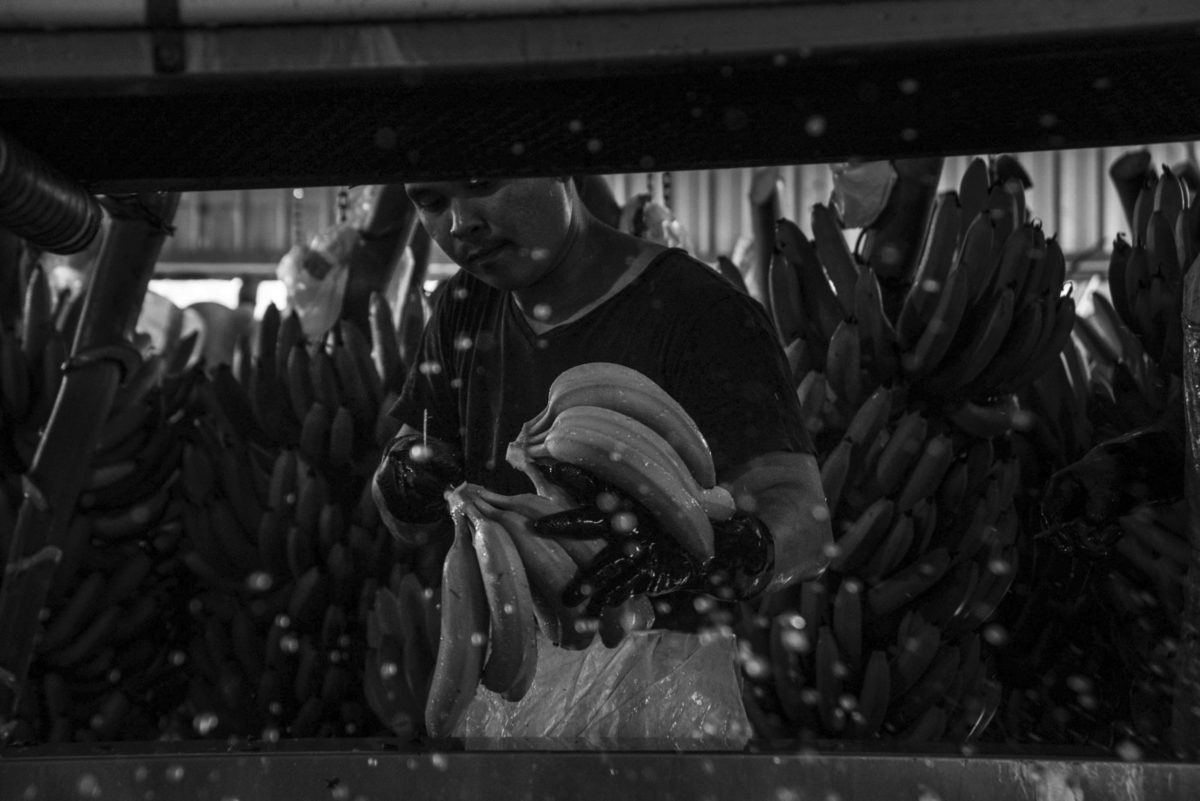
From planting to harvesting the first bunch a banana plant usually needs about twelve months. Growing bunches are constantly checked and when they’re almost ready to be collected, they are covered with a colored plastic bag. This will protect the fruits and help the pickers to identify which bunches are finally ready. To collect the final bananas, which are still green, the picker cuts slightly the main trunk of the plant so that the bunch will start descending thanks to its weight. Once it is on a head level, the picker chops the bunch with its machete and drops it on his shoulder. He then walks slowly towards the tractor and drops it on the massive trailer. An average bunch weighs between 40 and 60 kilograms. Goes without saying, every picker is extremely fit and strong. After the tray is loaded, the tractor goes back to the main shed.
The Shed
Every trailer brought to the shed holds from 12 to 24 bunches. It’s important to unload the tray as quickly as possible so that the tractor can head back to the plantation. A movable system of chains descending from the roof of the shed helps to lift and move the bunches from the trailer. While slowly moving towards the washing section, a team of two people quickly removes the bags from each bunch. They had better be quick, or they will end up being washed too. A powerful system of sprinkles washes the bunches: imagine a car being washed in an automatic car wash, that’s the same system.
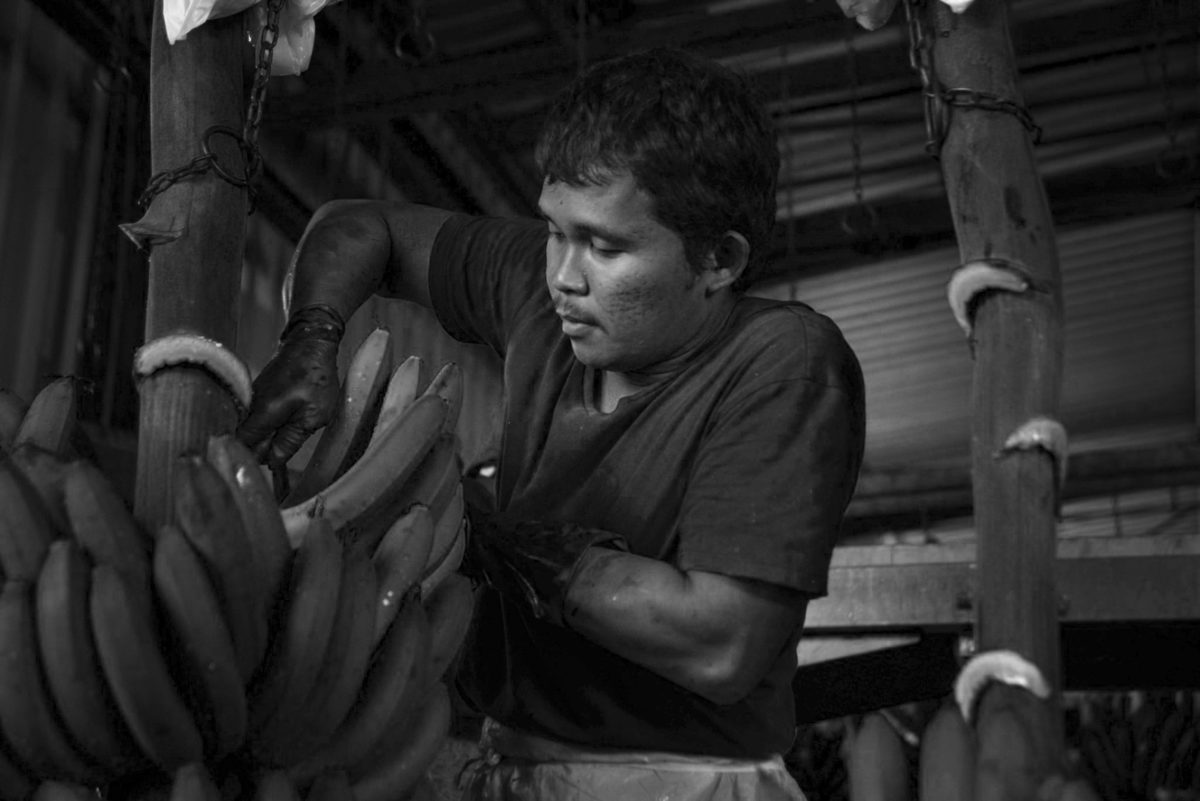

Once the bunches are clean it’s time to cut the bananas off them. A team of four people spends the day cutting the fruits in smaller groups, each one usually made by three to nine bananas. Once cut, bananas are thrown in a pool containing soapy water; from here they will slowly move towards the packing section. All the bananas are packed in cardboard boxes which weigh approximately 15 kgs each. The boxes full of bananas are then stacked in big piles, tied up and stored in a cool room set at a temperature between 14 and 16 degrees.
They will be kept at the same temperature while being sent to the markets and the main retailers around Australia. Here, bananas go through quality control first and then to a ripening room. The temperature emulates the same environment in which bananas would have naturally ripened, and they finally turn yellow, the color we see them on the shelves of our markets.
Seasonal Workers
In Australia, many of the workers employed in the farm industry are seasonal. A large number of people, especially backpackers, move within the country according to the work demand or offer. There are also many workers traveling from overseas simply to work on the farms, which are very often in remote areas of the country.
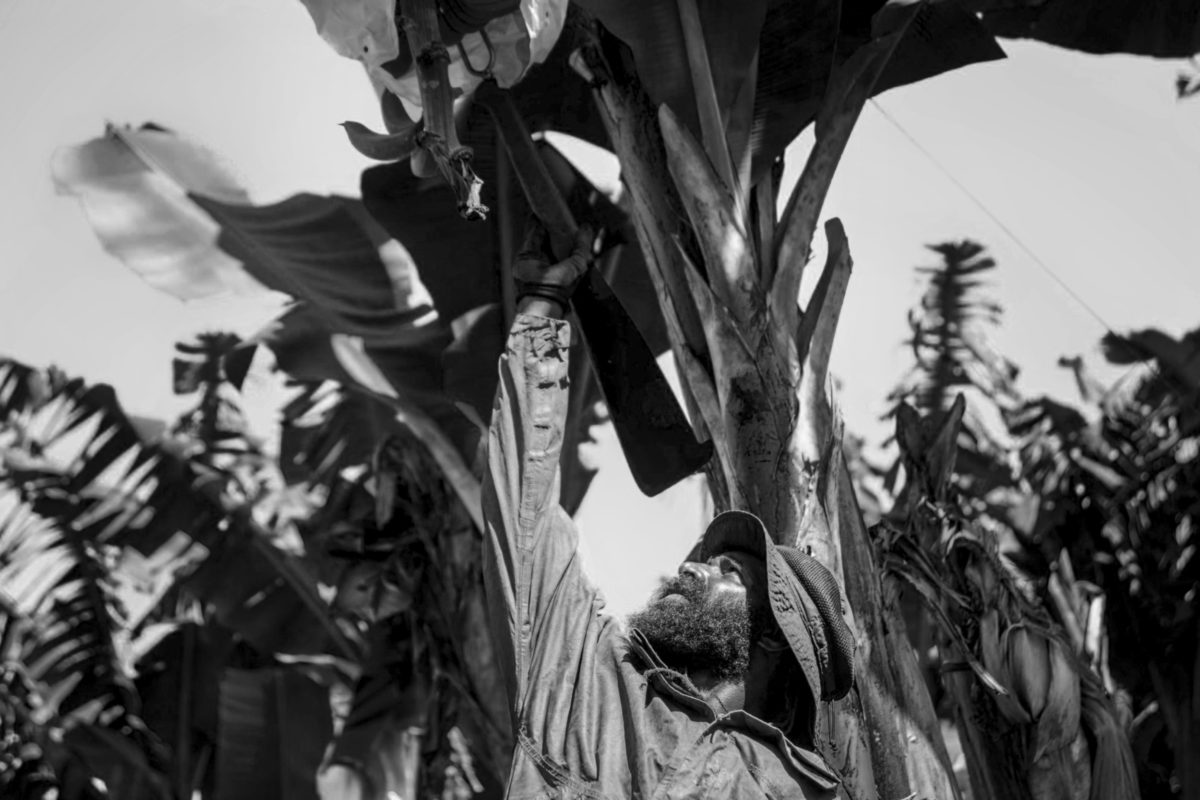
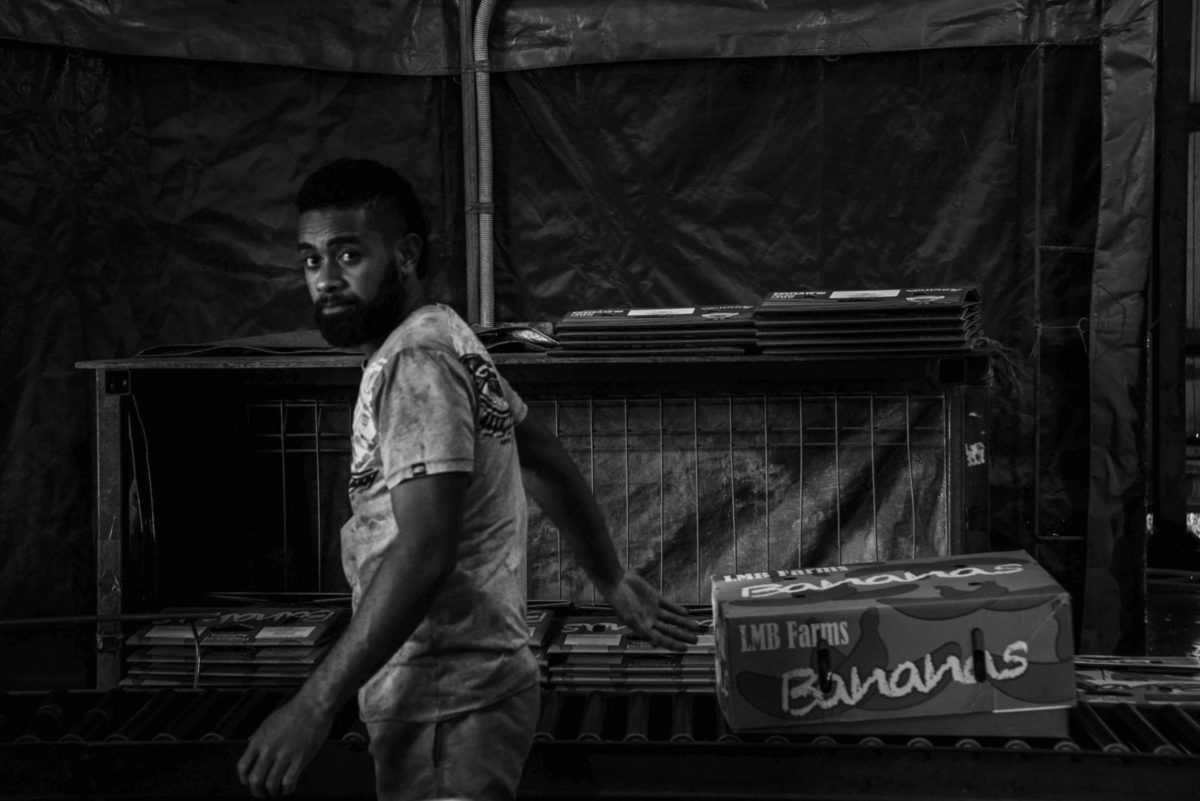
In order to provide laborers for this huge industry, Australia decided to set up different working visas. The country allows people to work for a determined period of time. The Working Holiday Visa was created in 1975 for people coming from the UK and Canada to work in Australia. Nowadays, people from 29 countries can apply for this visa. A series of agreements with different governments such as Fiji and Vanuatu also allows people to work seasonally in the farm industry.
Difficult climate conditions and a tough environment are always extremely challenging for these workers. Being far from home and in an unknown environment can be stressful; the job is hard and the shifts are long. This can be really challenging for both body and soul. The farm industry in Australia is hugely based on the contribution and the effort of all these people, whose work is usually not considered when we grab our fresh fruit from the market shelves.
.
Enrico Fabi is an Italian freelance photographer based in Perth, Australia. See more of his work at enricofabiphotography.com.
